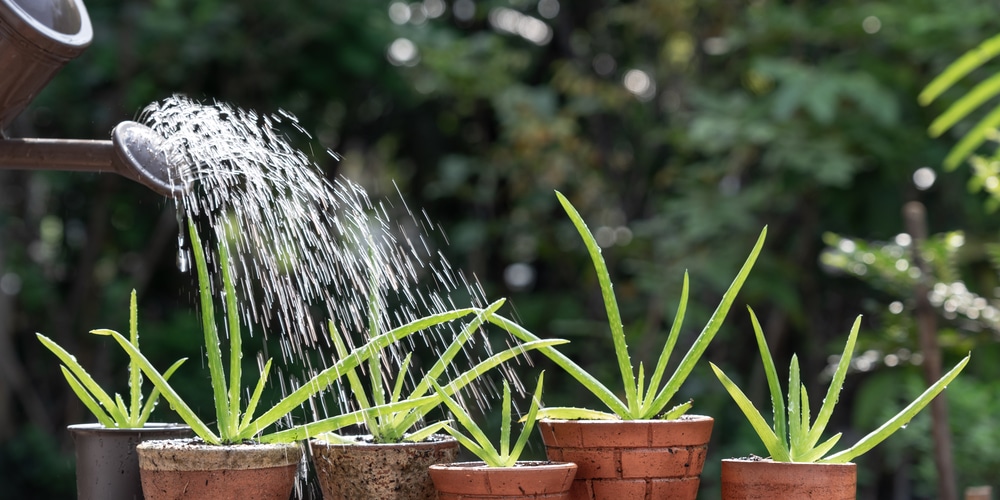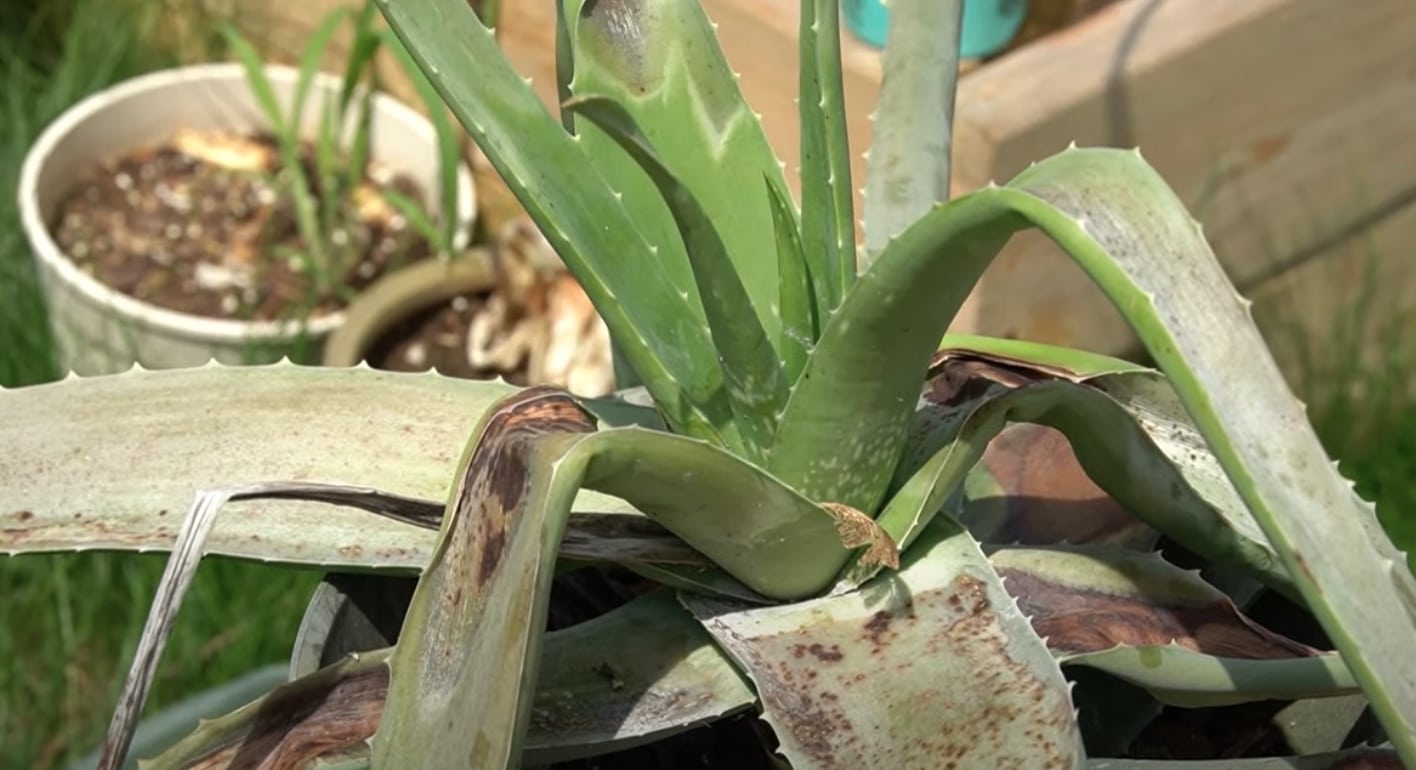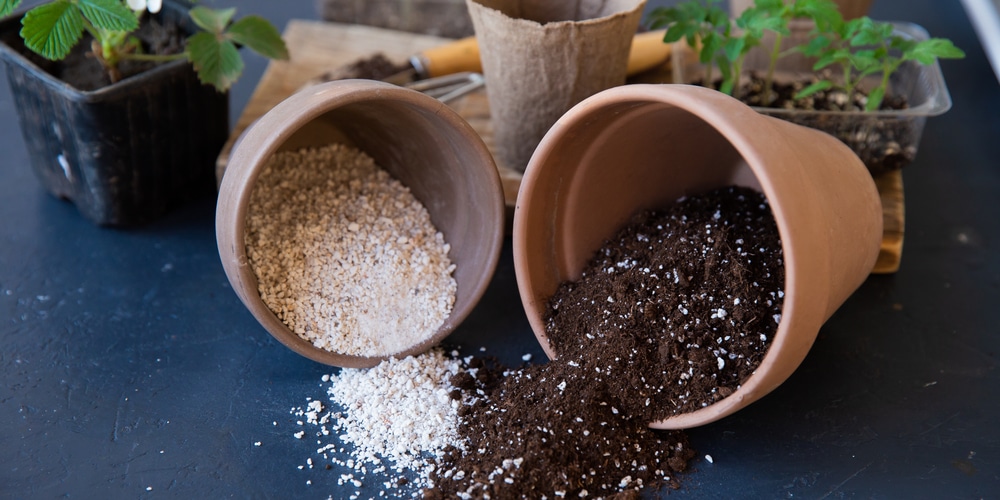Is your aloe vera plant not looking great lately? The leaves may be limp, appear yellowish or brown, or it could feel soft and spongy to the touch.
Aloe root rot is a real concern, and sometimes it can’t be avoided especially if it’s your first time taking care of the plant. The first thing you’ll want to do is to take it out of its container, allow the roots to dry, trim the dead material and then put it in an ideal pot with an ideal soil.
How Does Aloe Root Rot Happen?
Aloe root rot occurs in aloe vera plants, specifically the root area which is under the surface of the soil.
The biggest reason why root rot happens in aloe (and every other plant you have) is simple- you’re giving it too much water. This could be due to several reasons:
– Daily watering (which aloes do not prefer)
– It’s in a non-draining pot or non-compatible soil medium
The aloe vera plant is a succulent, and succulents in general are accustomed to desert-like conditions. In deserts, rain only occurs once a month or even less, and the rest of the time it’s hot and sunny.

Their roots do not like too much moisture, and when you water them daily then it’s only a matter of time before it rots. The same goes for when you put them in a poorly-draining pot or container, because excess water can’t escape and tends to stick around.
Lastly, the soil could be the reason for the rot. Aloes prefer soil that doesn’t hold water- think small stones and sand and you’ll have it down pat. They become uncomfortable with wet soil, and it will soon show on the leaves and the plant itself.
What To Do When Your Aloe Gets Root Rot
Catching the signs of aloe root rot early is the key to saving your plant.

If the aloe leaves look sickly, are not colored green and are drooping then you’re most likely dealing with a case of root rot. Check the soil- is it wet? then the aloe leaf tips- are they brown or black? If both are a yes then it’s time to do a bit of repotting and saving.
Get the Aloe Out the Container
The first thing you should do is to get the roots out of the soil and into the open air. Dig up the aloe and check its roots- are there some that are still white and healthy? It’s okay to cut out the rot as long as there are still some good strands left because the fungus can spread.
Your aloe will live if left out in the open for a few days. The roots should be fine and they will appreciate the dry air. Leave them out for around 3 to 5 days depending on the extent of rot and if it’s sopping wet.
In addition, you can cut out the leaves that are affected by the rot. If your aloe recovers then it will produce new leaves. You can also separate pups and put them in separate containers at this time.
Prepare a New Pot or Container and Soil
It’s not recommended to put the aloe back to its original pot as you may need to clean it out and disinfect it. If you still want to use it make sure that there are a lot of drainage holes where water can exit.
Get a fresh pot or container and check for drainage holes. Then, choose the right soil mix or medium that can accommodate a succulent like the aloe vera. Once the roots are dry and recovered, put it into its new home and position it in a bright and indirect spot in your house.
Don’t water the aloe yet after repotting- wait around 3 to 5 days and allow the plant to settle in. Hopefully you’ve learned a thing or two about keeping your aloe happy and healthy with the right mix of watering and light.
Act Fast and You Can Save Your Aloe
Aloe root rot is a serious matter. The sooner you catch it the higher the chance you can save your plant. Remember, aloe veras are succulents and will only need watering once a week or two.
